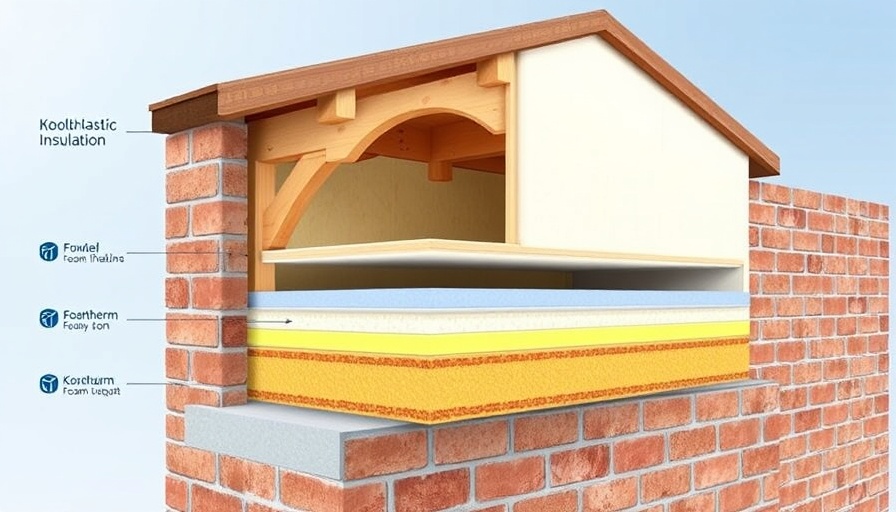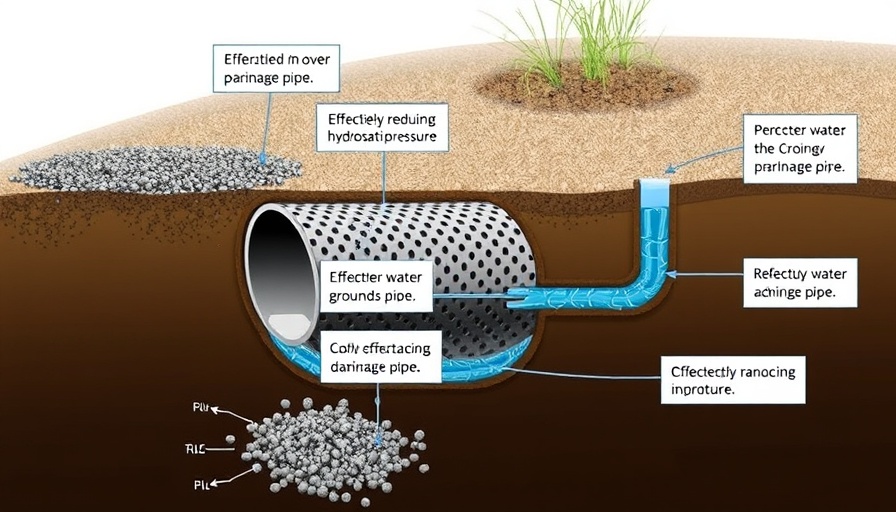
Revolutionizing Insulation: Kooltherm® K100
In the evolving landscape of building materials, Kingspan Insulation North America has introduced a game-changing product, the Kooltherm® K100. This high-performance foam plastic insulation stands out with an impressive R-value ranging from 8.1 to 8.3 per inch, positioning it as one of the most thermally efficient insulations available today. Such efficiency not only maximizes thermal protection but also allows for thinner wall assemblies, enabling project teams to leverage more of their interior space—a crucial factor in maximizing learning environments within schools or office spaces.
Environmental Impact and Safety Standards
Kooltherm K100 is crafted not only for performance but also for safety. It has achieved a Class A flame and smoke rating based on ASTM E84 tests, ensuring that it meets high safety standards suitable for various construction types. Furthermore, its compliance with NFPA 285 assemblies positions it well for diverse building applications. In today’s eco-conscious market, the insulation's zero Ozone Depletion Potential (ODP) and low Global Warming Potential (GWP) are significant advantages, aligning with a global movement towards sustainable and environmentally responsible construction practices.
The Future of Building Insulation
As the construction industry increasingly faces the dual challenges of enhancing efficiency and sustainability, innovations like Kooltherm K100 represent a crucial advancement. The blend of high thermal performance and reduced environmental impact resonates with the current focus on building sustainably. Such products could reshape how we think about insulation and energy consumption in buildings, paving the way for future regulations and standards that prioritize eco-friendly materials.
Value Construction Projects
For project managers and builders, selecting materials that combine cost-effectiveness and safety is essential for project success. Kooltherm K100 not only reduces material usage and construction costs but does so without compromising on performance. This balance of efficiency, safety, and sustainability translates into a greater return on investment which can be a decisive factor for organizations looking to future-proof their infrastructure.
Concluding Thoughts
In a world that demands constant advancements in technology and materials, Kooltherm K100 showcases how innovation can lead to enhanced safety and efficiency in construction projects. As the trend toward environmentally friendly buildings continues to gain momentum, products like this could lead the way, inspiring smarter, greener practices across the industry.
 Add Row
Add Row  Add
Add 






Write A Comment